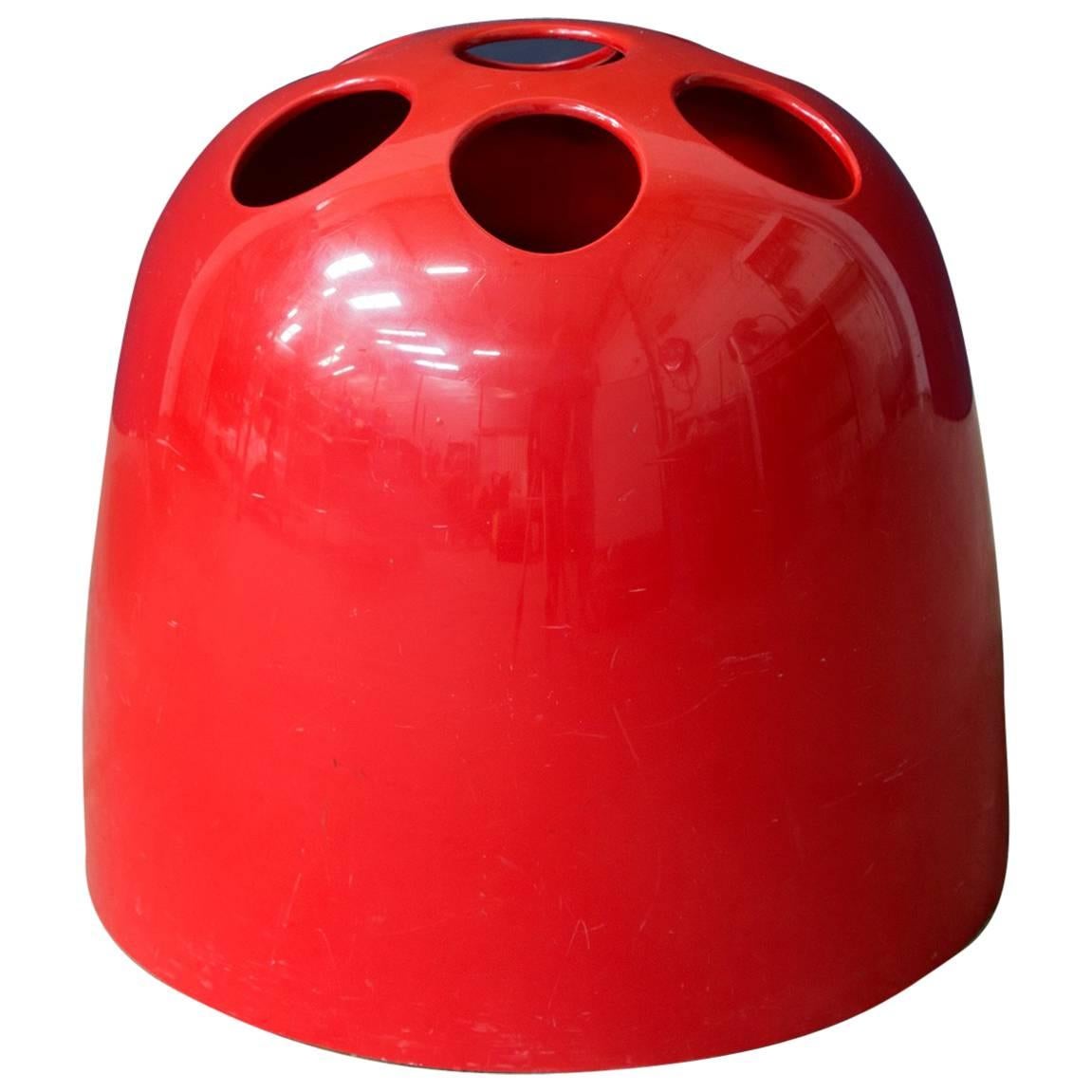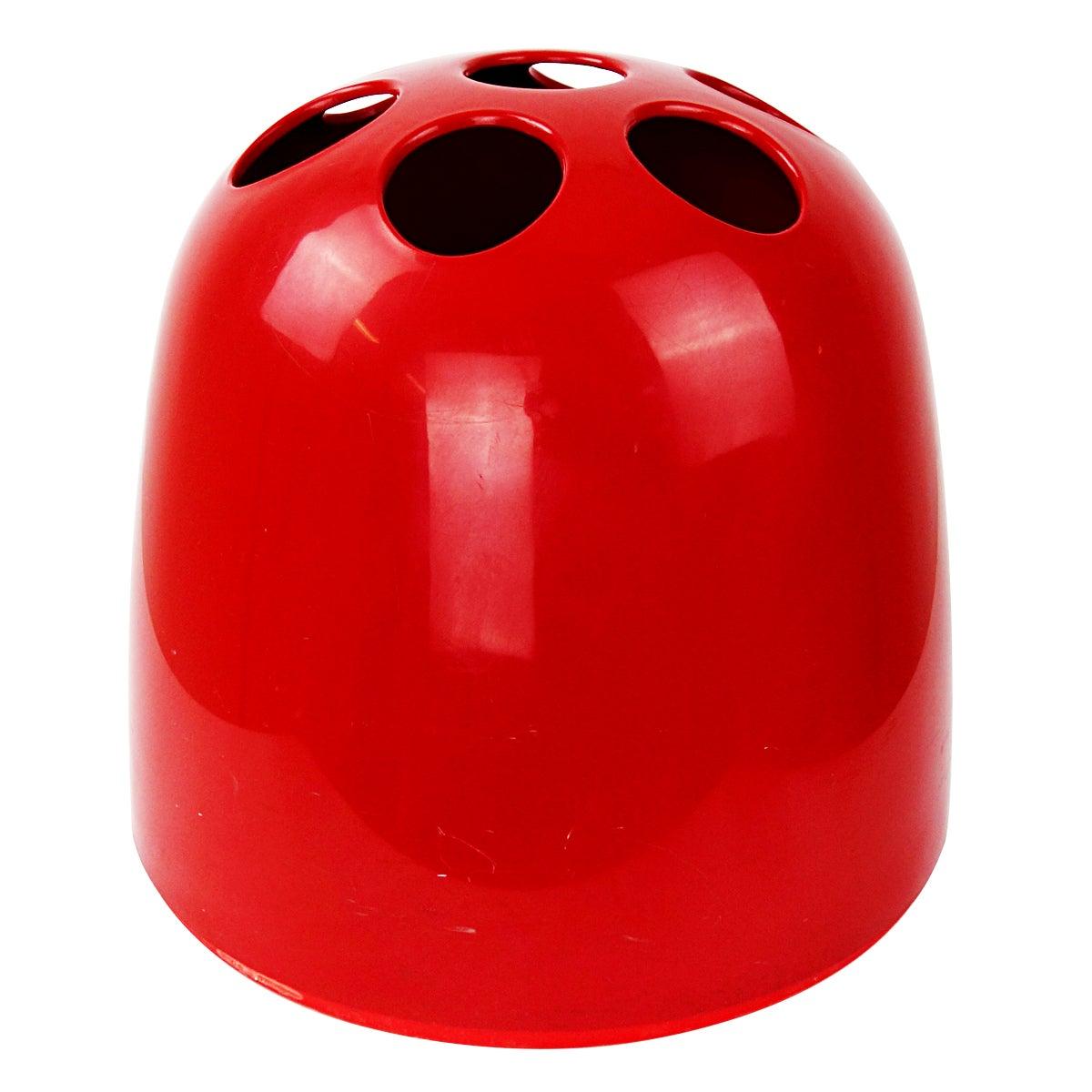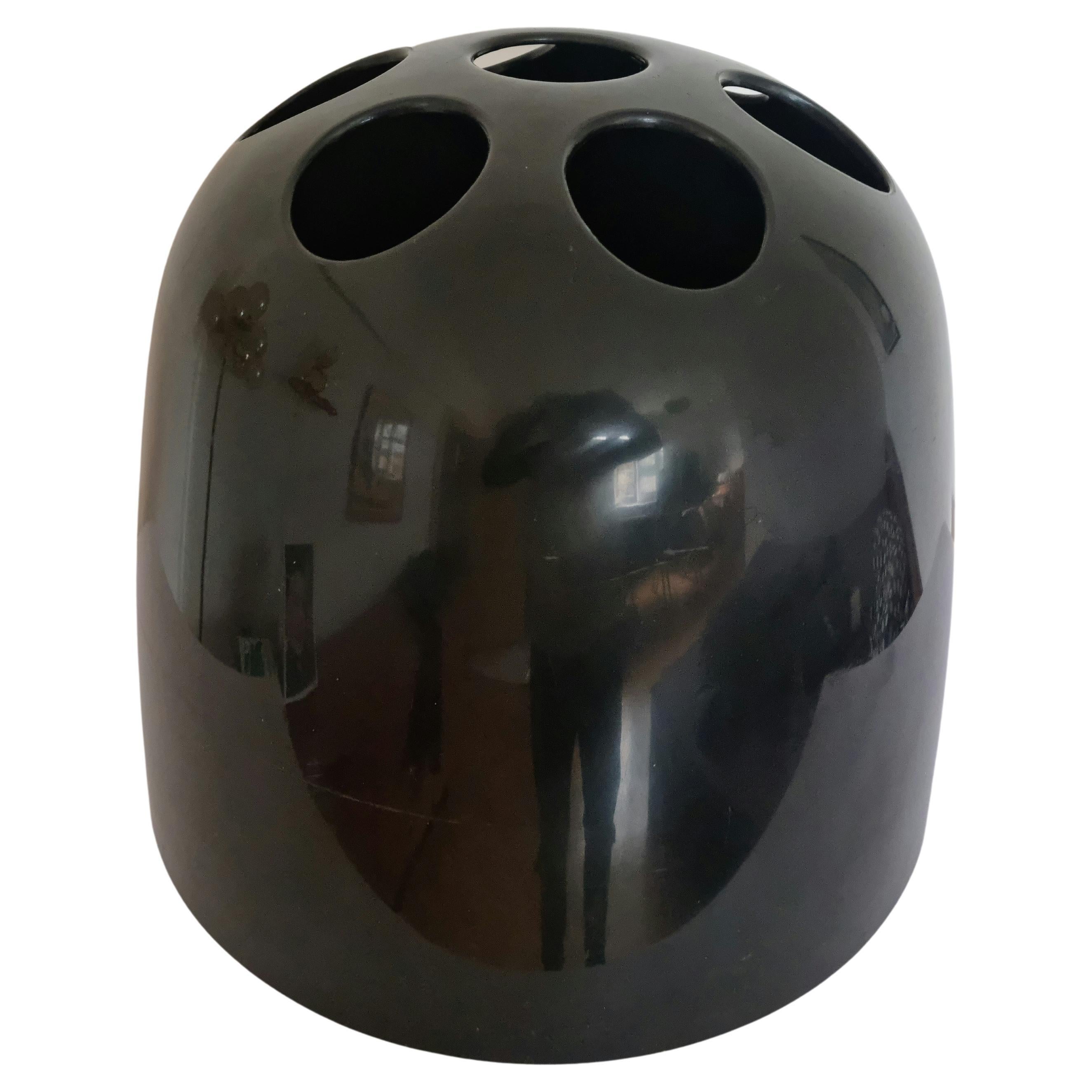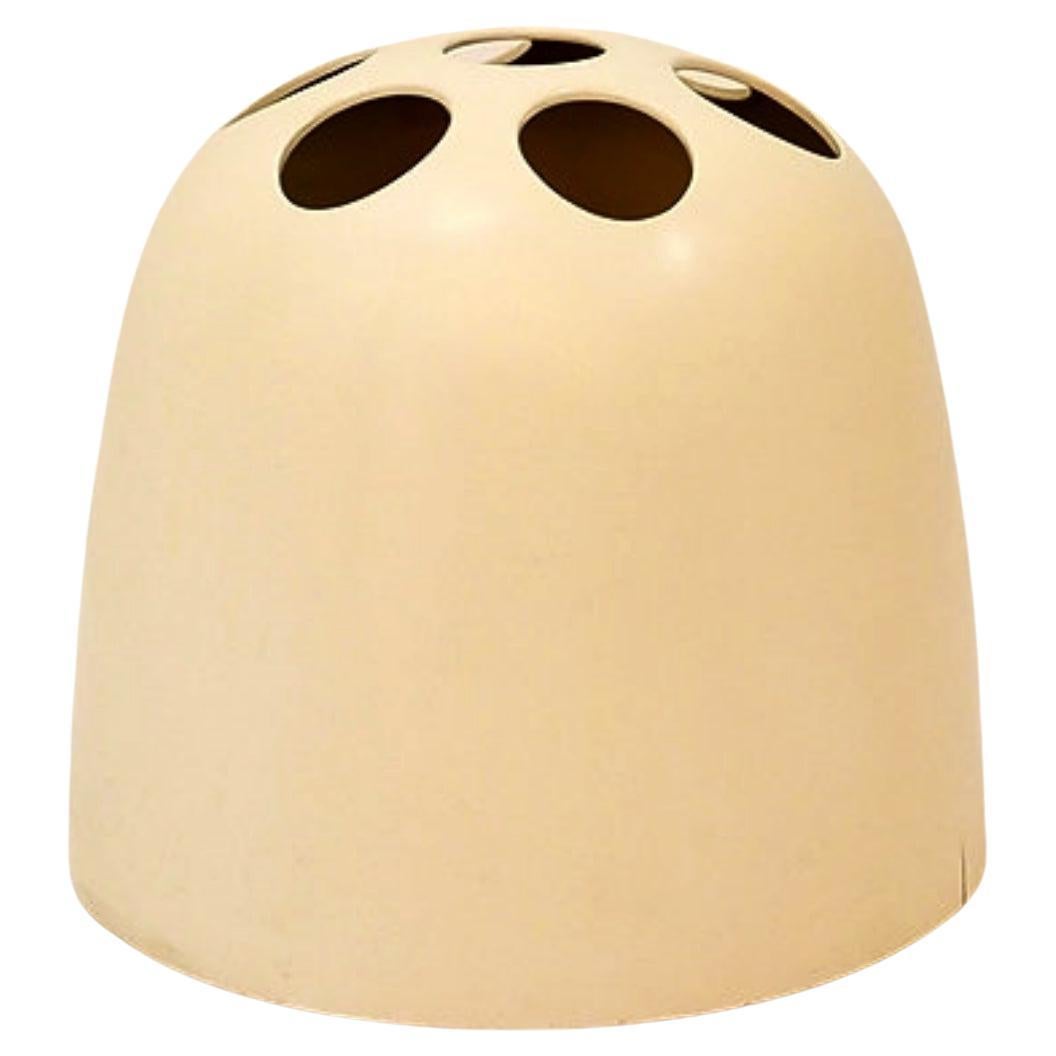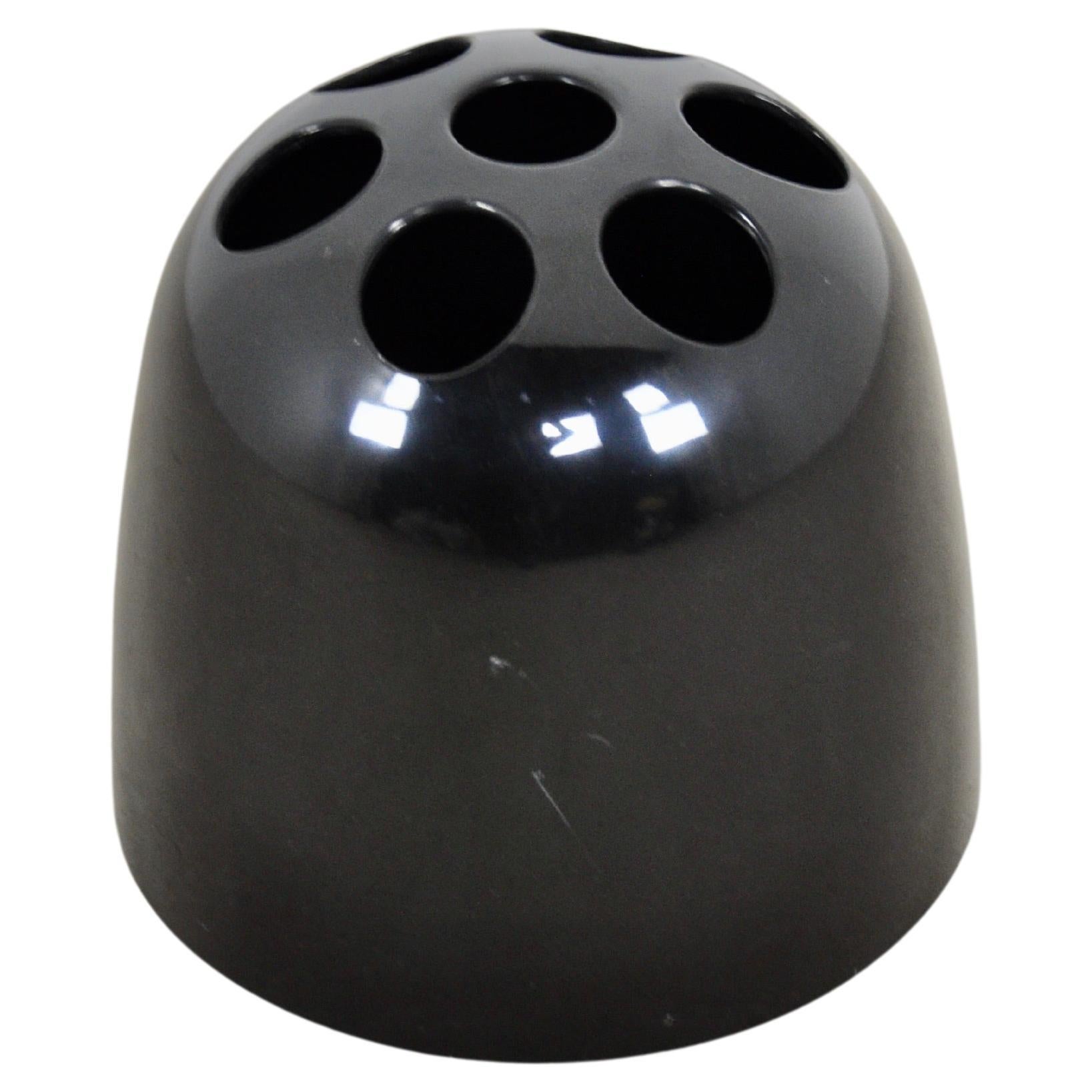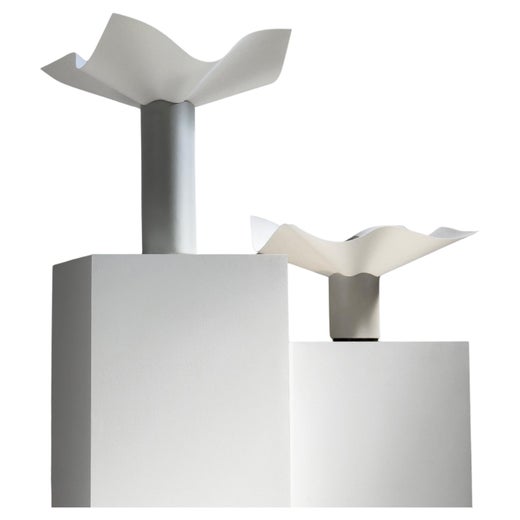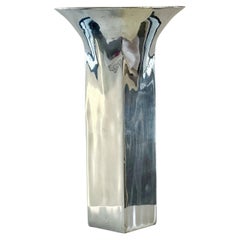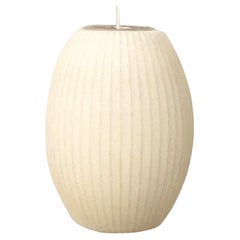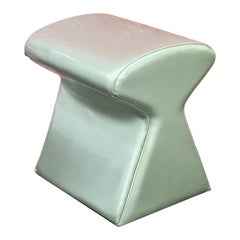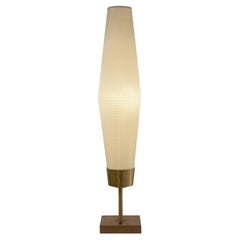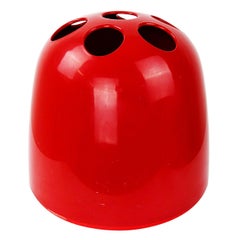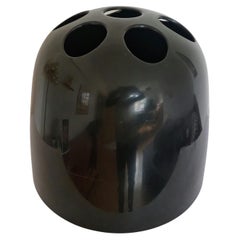Emma Gismondi Schweinberger for Artemide Dedalo Plastic Umbrella Stand, ca 1966
About the Item
- Creator:Artemide (Manufacturer),Emma Gismondi Schweinberger (Designer)
- Dimensions:Height: 13.38 in (33.99 cm)Width: 15.38 in (39.07 cm)Depth: 15.38 in (39.07 cm)
- Style:Space Age (Of the Period)
- Materials and Techniques:Plastic,Molded
- Place of Origin:
- Period:
- Date of Manufacture:1966
- Condition:Wear consistent with age and use. The umbrella stand in very good vintage condition with no cracks or chips and mild overall scratches as is usual with these pieces.
- Seller Location:Cathedral City, CA
- Reference Number:Seller: OC 96961stDibs: LU8352236519702
Artemide
Artemide is an iconic firm in the design world. The mid-century Italian company is one of the best known lighting manufacturers and its award-winning fixtures are held in museum collections everywhere. Vintage Artemide table lamps, pendants, ceiling lamps and other lighting represent a thoughtful merge between functionalism and eye-catching design.
Artemide, which is based in Pregnana, was founded by Ernesto Gismondi and Sergio Mazza in 1959. During that year, Mazza created the first table lamp for the manufacturer — a modernist work in glass, marble and metal that he called the Alfa. Gismondi, who studied aeronautical engineering at the Polytechnic University of Milan and missile engineering at Rome’s Professional School of Engineering, applied his knowledge of cutting edge technology and materials such as fiberglass resin to Artemide’s designs for lighting and furniture.
In 1967, Artemide won Italy’s Compasso d'Oro design award for its Eclisse table lamp, which was designed by Vico Magistretti two years earlier. Other award-winning fixtures include the Tizio table lamp designed by Richard Sapper and the Tolomeo table lamp.
Designed by Michele de Lucchi and Giancarlo Fassina, the Tolomeo featured the patented George Carwardine mechanism used in the original Anglepoise lamp. De Lucchi would later be recruited to join visionary postmodern design collective the Memphis Group. Artemide’s Gismondi purchased the brand after founder Ettore Sottsass dismantled the collective in 1988, and it was bought by Alberto Bianchi Albrici in 1996.
Artemide’s list of design, innovation, sustainability and other industry awards is long and distinguished. The firm continues to actively collaborate with internationally revered designers and seek out new talent through workshops with design schools. The company’s deeply held values — energy-saving lighting, sustainable design and ethically sourced materials — characterize its current offerings, and Artemide furniture and lighting can be found in the permanent collections of the Metropolitan Museum of Art, the Museum of Modern Art and other institutions.
On 1stDibs, find Artemide tables, seating, floor lamps, chandeliers and more.
- ShippingRetrieving quote...Shipping from: Cathedral City, CA
- Return Policy
More From This Seller
View All1990s American Post-Modern Vases
Aluminum
Mid-20th Century American Mid-Century Modern Chandeliers and Pendants
Steel
1990s Japanese Futurist Stools
Upholstery, Synthetic, Foam, PVC
Mid-20th Century American Mid-Century Modern Table Lamps
Metal, Brass
Mid-20th Century American Mid-Century Modern Floor Lamps
Metal, Wrought Iron, Wire
Early 2000s Italian Modern Vases
Blown Glass
You May Also Like
Vintage 1960s Italian Mid-Century Modern Umbrella Stands
Plastic
Mid-20th Century Italian Mid-Century Modern Umbrella Stands
Plastic
Vintage 1960s Italian Mid-Century Modern Umbrella Stands
Plastic
Vintage 1960s Italian Space Age Umbrella Stands
Plastic
Vintage 1960s Italian Mid-Century Modern Umbrella Stands
Acrylic
Vintage 1960s Italian Mid-Century Modern Umbrella Stands
Plastic
